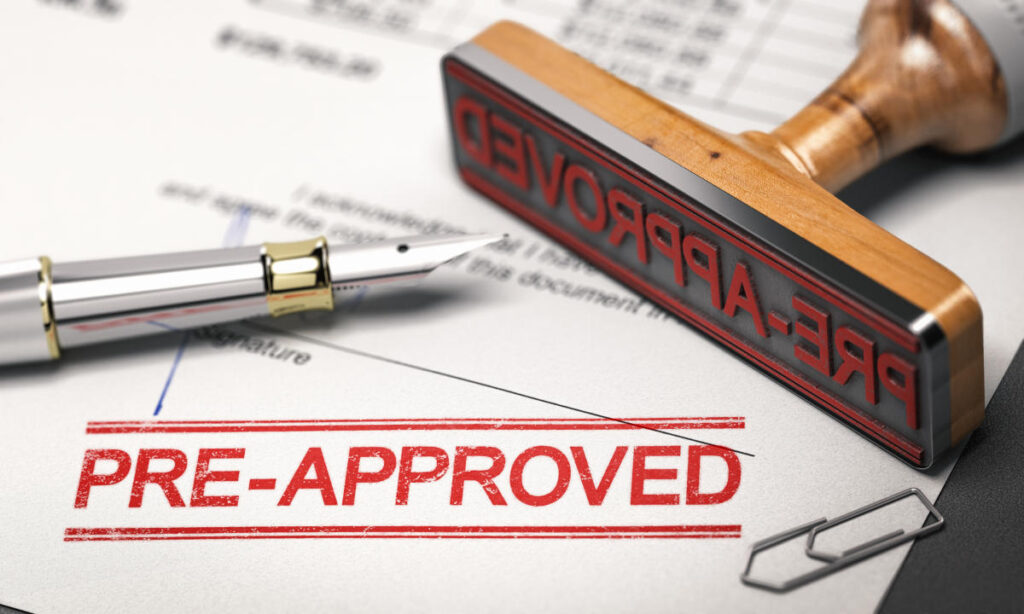Preapproval is a vital part of the mortgage application process, as it serves multiple purposes for prospective homebuyers. Primarily, it provides an estimate of how much one can borrow, assisting buyers in determining their price range while shopping for a home. This clear financial outline not only helps buyers navigate the real estate market more efficiently but also instills confidence in home sellers regarding the seriousness of any offers made. Additionally, a preapproval letter can be advantageous in competitive situations like bidding wars, where it can help a buyer stand out among others. However, homebuyers need to be aware that preapproval letters have expiration dates, signaling a critical aspect of the overall mortgage journey.
Mortgage preapprovals typically have a limited validity, generally ranging from 30 to 90 days, although some lenders may extend this period to 120 days. The timeframe of a preapproval is dictated by the lender, reflecting the necessity for financial stability in lending practices. Lenders cannot guarantee loan conditions indefinitely due to potential fluctuations in borrowers’ credit scores, incomes, and other financial circumstances. It is crucial for buyers to remain vigilant about their mortgage preapproval’s timeline, ensuring they act within this limited period to capitalize on the advantages it offers, such as an efficient home search and confident seller interaction.
Homebuyers who do not complete their purchase within the preapproval timeframe do have options, including reapplying for preapproval. This process usually involves providing updated financial information or undergoing another credit check, allowing lenders to assess the buyer’s current borrowing capacity. While applying with the same lender is one choice, buyers can also explore offers from multiple mortgage companies. However, individuals should be prepared for the possibility that the amount for which they are preapproved might change, contingent on financial factors at the time of reapplication.
In certain scenarios, if buyers find themselves approaching the expiration date of their preapproval, they may be able to request an extension. Lenders may grant this extension without requiring another credit check or updated financial submissions, depending on the lender’s policies. This option can be particularly beneficial for buyers who are close to making a purchase but need a bit more time to finalize their home selection. To prevent unnecessary reapplications or extensions, it is advisable for buyers to strategically time their preapproval applications in relation to their readiness to engage in the housing market.
For those who are not immediately prepared to purchase but wish to get an idea of potential loan terms, prequalification is an alternative approach to consider. Unlike preapproval, the prequalification process typically involves a softer credit inquiry, which usually won’t affect the buyer’s credit score. It provides a broader overview of the possible loan benefits without committing the borrower to a strict timeline. This is a useful stepping stone for buyers, allowing them to gauge their financial standing before taking the more formal step of obtaining preapproval.
Lastly, while obtaining mortgage preapproval is relatively quick, often within a few days, it is important for prospective buyers to recognize the impact of multiple applications on their credit scores. Each preapproval request typically results in a hard inquiry on the borrower’s credit report, which could affect their score, particularly if done excessively. Nonetheless, buyers can strategically manage this process by applying with different lenders within a small time frame, as this will limit the potential credit score deductions to just one inquiry. This approach enables buyers to effectively compare loan options while protecting their credit profile.

